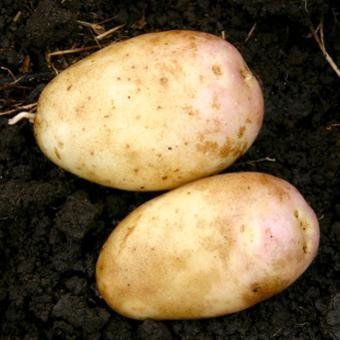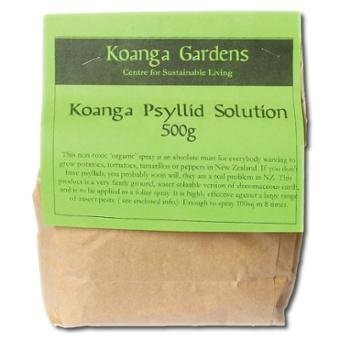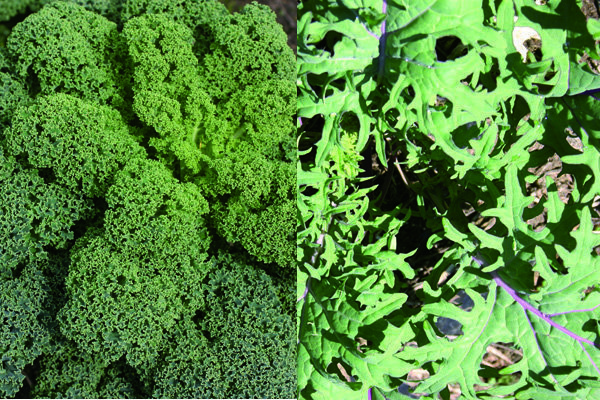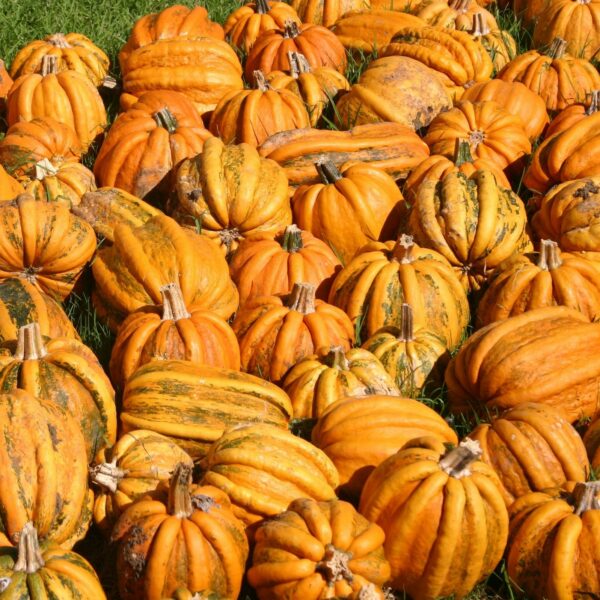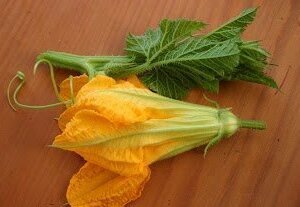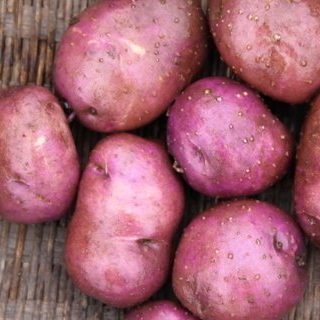Potato Arran Banner
$10.00
SHIPMENT DATE: Will be shipped as soon as possible
Family: SOLANACEAE(Amaryllidaceae)
Genus & Species: Solanum tuberosum
Out of stock
Description
Heritage Status: New Zealand
Bio-Region of Origin: Unknown
Quantity: 500 grams
Description: An early early commercial variety, large, egg shaped, white skinned potatoes, with a pink blush on the narrow end.
Planting Instructions: Traditionally potatoes are frost tender so plant after the last frost in early spring. Before planting ‘chit’ or sprout the potatoes by keeping them in a dark place. They can be hung up in onion sacks in a dry but light place under eaves etc to keep them until chitting time but then they can be laid out in a tray (egg cartons are useful) to sprout, in a dark place. Potatoes are best planted into a trench. We dig two trenches along a garden bed and put a layer of soil amendments at the bottom of each trench. Good compost or well rotted manure along with seaweed, wilted comfrey leaves, Natures Garden and Active Calcium are good additions to the trench. Position the seed potatoes at approximately 25 cm spacings along the trench before filling it in.
Once the tops of the plants have emerged mound up the soil around each plant so that there are now two ridges running along the bed. As they grow bigger mound up again. An alternative method is to mulch the bed and then mulch again once the plants have grown up through the first layer of mulch. Or the plants could be earthed up once and then mulched as they grow bigger. Keep an eye on the plants as they grow. Occasionally plants will have all crinkly leaves which is a sign of virus. These plants are best removed and certainly should not be used for seed potatoes.
A fairly recent problem for potato growing in New Zealand is the Tomato, Potato Psyllid. These small insects are sucking feeders that reduce crop size. Plant growth is stunted with curling leaves often with purple tips and aerial tubers forming. If you experience reduced crop size due to psyllids then best plant as early as possible to avoid the psyllid which only becomes active in warmer weather. Those with short seasons may need to resort to planting before the last frost (we plant in mid September and frequently have frosts until late November), and plan on having frost cloth and hoops over the potatoes until you are sure there will be no more frosts. It is often easy enough to keep hilling them top until November some time but after that they will need covering. A hard frost will get the tops through frost cloth if it is sitting on the leaves. It is best to place the frost cloth on hoops over the potatoes. If you can the potatoes will do better if planted in August.
Koanga sells Psyllid Solution, a very finely ground form of diatomaceous earth which if applied regularly using a back pack sprayer (weekly) is very effective at keeping the psyllid off the tomatoes and potatoes and peppers. Early varieties are ready to harvest when the flowers are fully open, and later varieties once the foliage has died down. We have done a fairly extensive potato trial over the past three years and the reports will soon be available on our website to provide you with further information.

